Boston Fed President Eric Rosengren said yesterday that “fiscal policy is the right tool for this time”. It’s “tragic that it has not been deployed already”. He also noted that his economic outlook was much weaker than other Fed policymakers because additional fiscal stimulus was not counted in.
“Most of my colleagues had an assumption that there was going to be additional fiscal stimulus. I had a somewhat different assumption,” he said. “I assumed no fiscal stimulus until the beginning of next year. As a result my forecast was much weaker than many of my colleagues.”
Rosengren also said the recovery from the pandemic was made more difficult due to the ” slow build-up of risk in the low-interest-rate environment that preceded the current recession”. He noted that commercial real estate firms have “gradually increased risk by taking on more leverage, which magnifies returns with good outcomes – but also magnifies losses when bad outcomes occur.




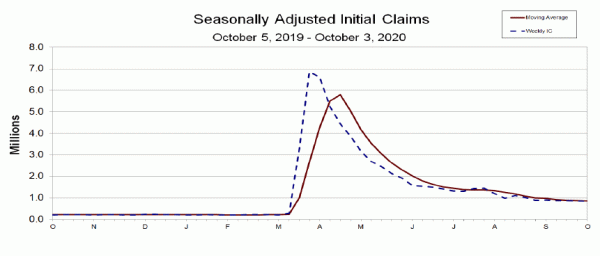
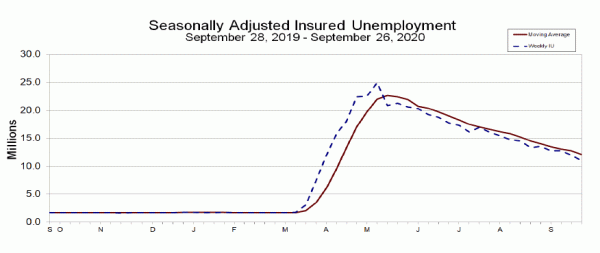
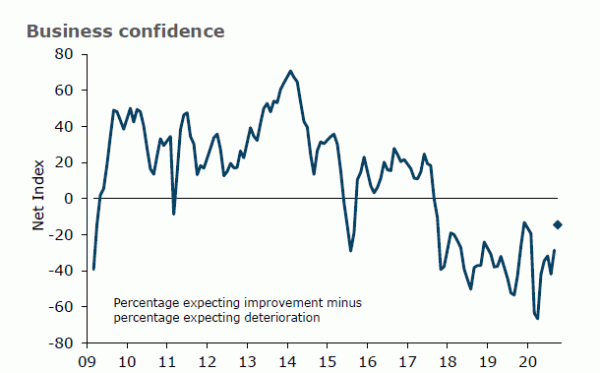
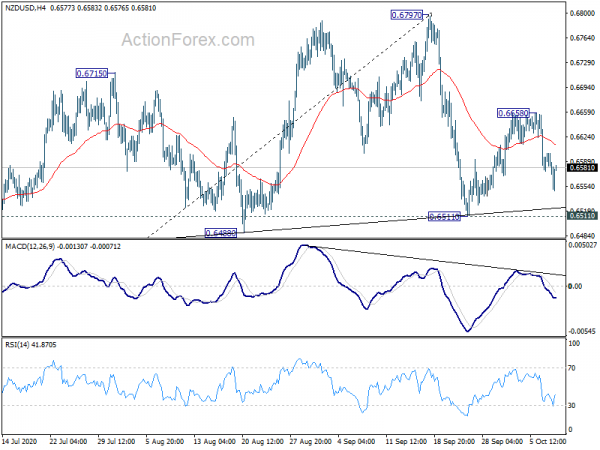
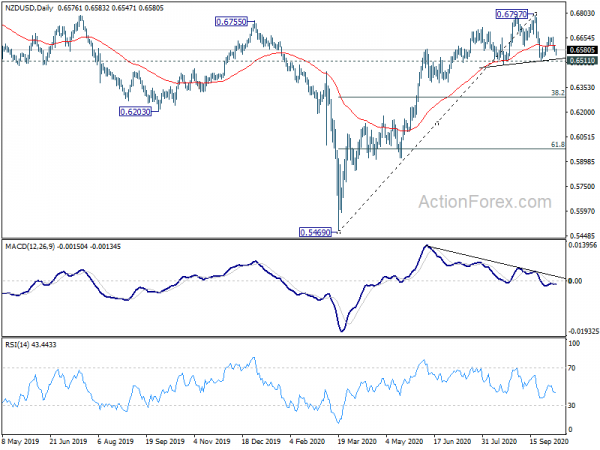
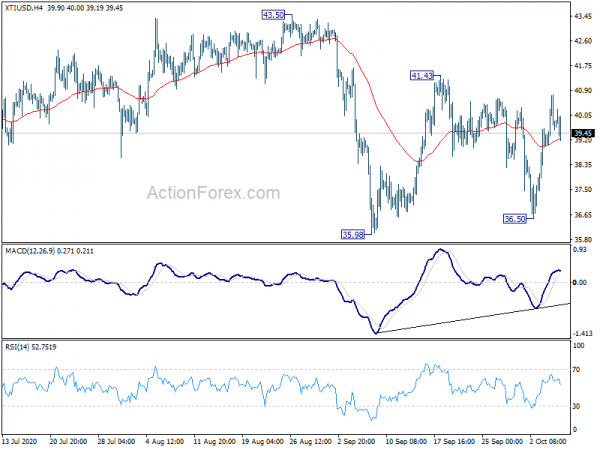
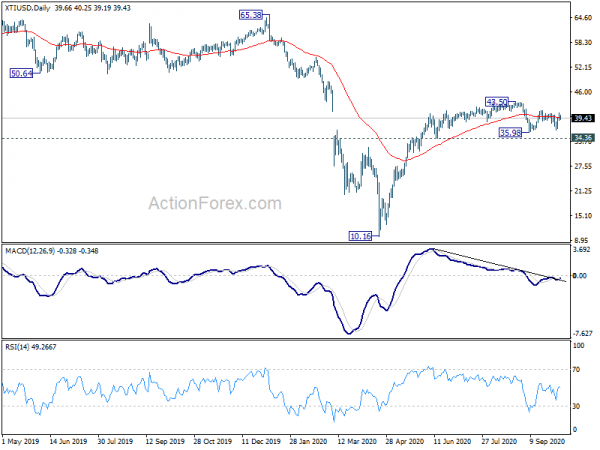
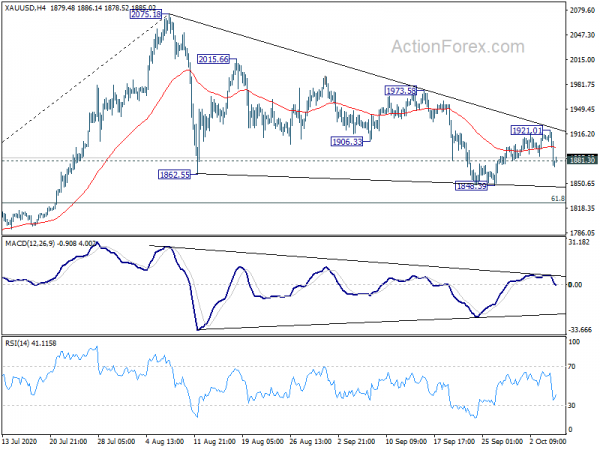
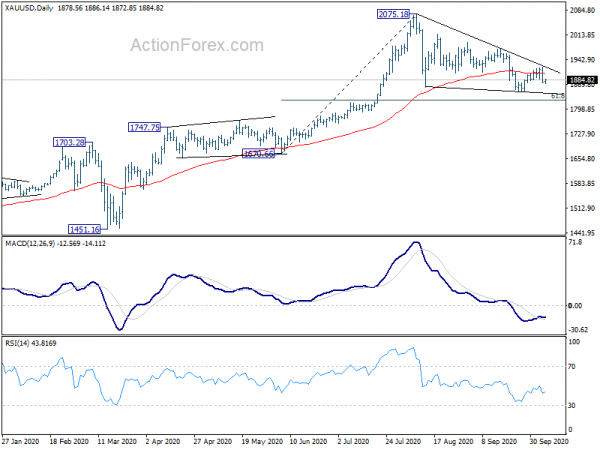
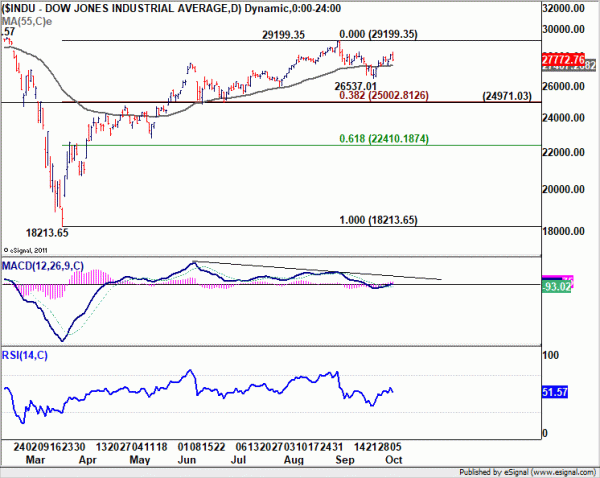

Fed Kaplan skeptical about benefits of more QE
Dallas Fed President Robert Kaplan said expected the economy to shrink about -2.5% this year, which is among the most bullish forecasts by Fed’s policymakers. Though, he noted the recession has hit some sectors and some groups of people worse than others. “It will take more than just a vaccine to revive depressed industries”.
The “number one economic policy, more than fiscal or monetary policy, is mask-wearing,” he said. “If there is no fiscal stimulus, mask-wearing, following health protocols will be even more important.”
Also, he’s “skeptical about the benefits of doing more” QE. “The bond-buying needs to curtail, the Fed balance sheet growth needs to curtail” when the pandemic crisis passes. Also, it’s not “healthy” for the markets to be “addicted, or too reliant” on Fed.